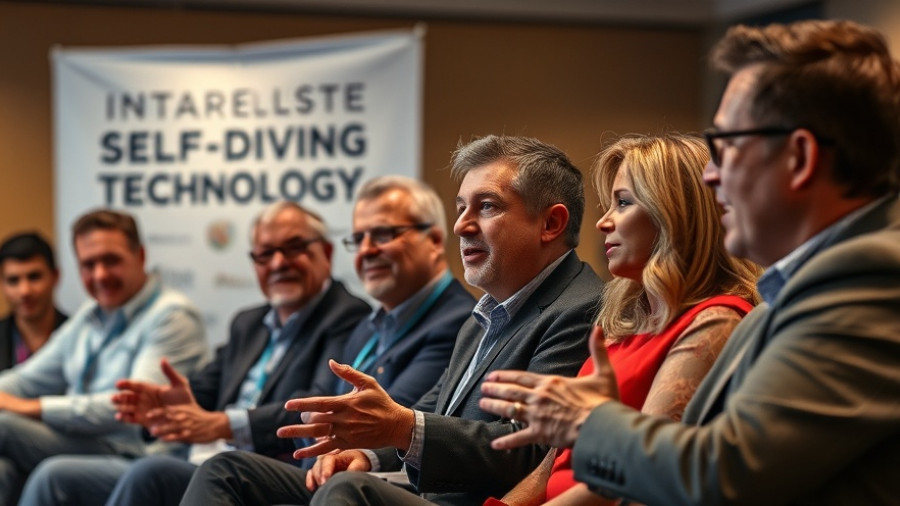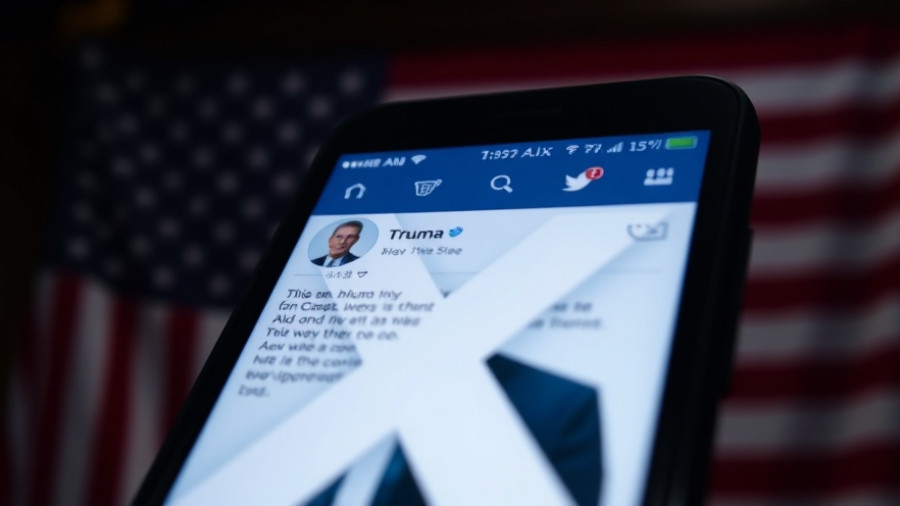
Continuing the High-Stakes Debate in Autonomous Driving
The conversation surrounding the future of self-driving cars has become increasingly heated as industry leaders clash over the best technological approach. Central to this debate is the distinction between Tesla's vision-only system and the multi-sensor method advocated by experts like Steven Qiu, founder of RoboSense. Qiu argues that relying solely on vision technology, as Tesla does, presents significant safety risks, particularly when it comes to unforeseen circumstances hazardous to drivers.
The Limitations of Vision-Only Systems
Qiu pointed out the dangers associated with Tesla’s approach at the FutureChina Global Forum, emphasizing that a “vision-only” method cannot adequately respond to many challenging scenarios. For instance, he illustrated how a white car may be mistaken for a cloud in the sky based solely on camera input. Such inadequacies highlight how critical LiDAR and other sensors are to achieving higher levels of autonomous driving, particularly Levels 3 and 4, which require a robust understanding of diverse environments.
RoboSense's Competitive Edge
Founded in 2014, RoboSense now leads the passenger car LiDAR market, demonstrating the growing acceptance and demand for their technology. Not only has the cost of LiDAR dramatically decreased, from around $70,000 to mere hundreds of dollars per vehicle, but its reliability has improved greatly, making it a pressing consideration for vehicle manufacturers aiming for safe autonomous capabilities.
The Diverging Paths of Tesla and Waymo
The industry is divided, with companies like Waymo embracing multi-sensor platforms, incorporating LiDAR, cameras, and radar for redundancy. This approach emphasizes safety and precision, especially in adverse weather conditions where vision-only technologies may falter. Understanding these differences matters not only for the companies involved but also for consumers and public safety as the rollout of autonomous vehicles progresses.
Conclusion: What’s at Stake for Consumers
The clash between single-sensor solutions like Tesla's and multi-sensor solutions like those from Waymo and RoboSense has significant implications for the future of mobility. As the industry continues to evolve, consumers must advocate for technology that prioritizes their safety and the reliability of autonomous systems. The debate is far from over, but one thing is clear: the choice of technology could determine the future of road safety for everyone.
 Add Row
Add Row  Add
Add 




Write A Comment